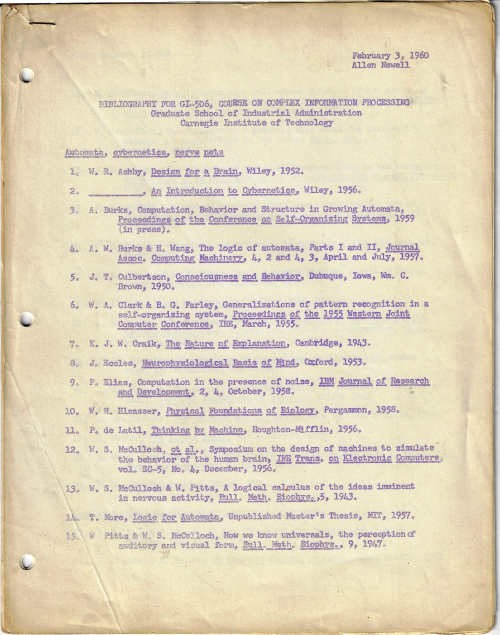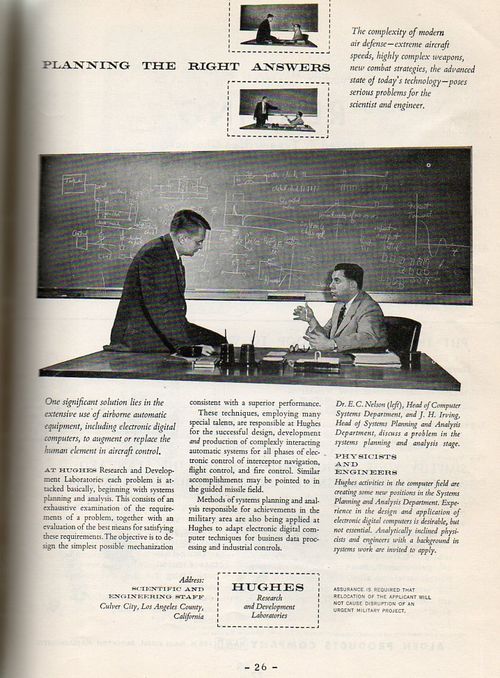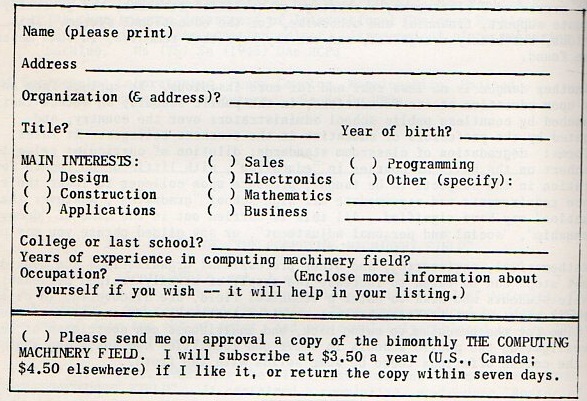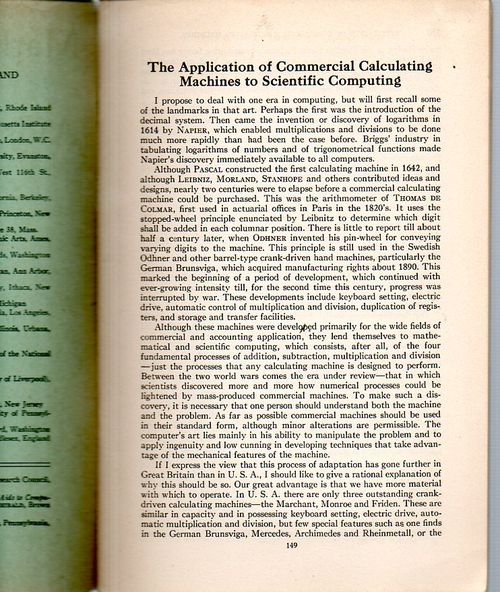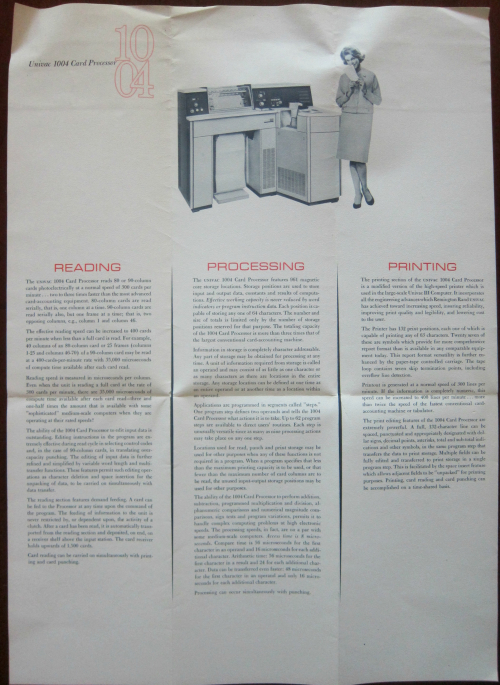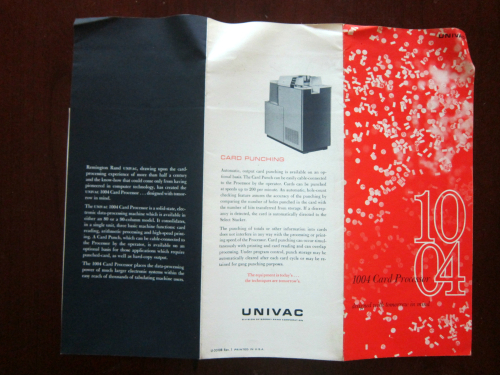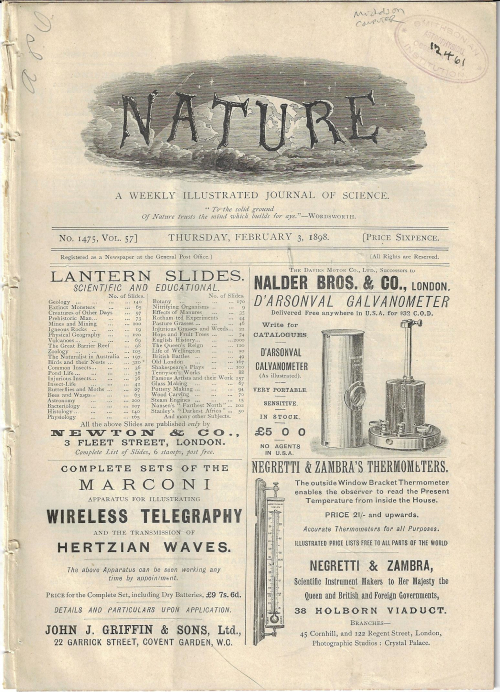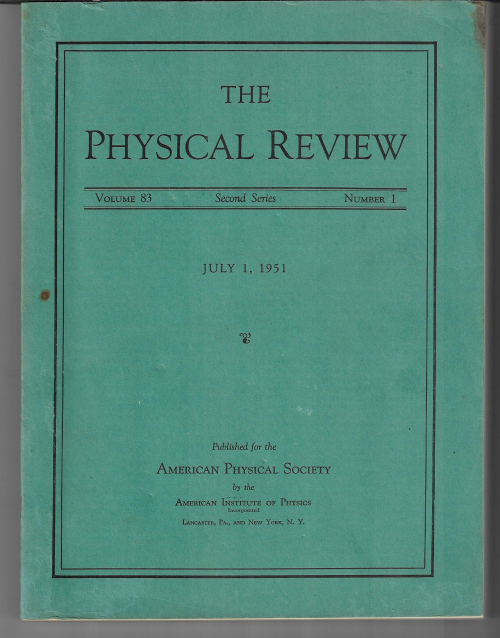Five Papers by Gordon K. Teal (the extent of his publications in the Physical Review)
- “[Teal] is best known for the results of his research in germanium and silicon and in particular for the preparation of the first high-purity, high-perfection, single-crystalline germanium for transistor use. He was a co-developer of the first junction transistor. As stated by W. Shockley...'There was probably no more important scientific development in the semiconductor field in the early days following the announcement of the transistor than the development of high-quality single crystals of germanium at Bell Telephone Laboratories'.” “Best known developments under his direction are the first commercial silicon transistor (1954) and a chemical reduction process for ultra-pure silicon (1957). According to opinions summarized in Fortune (November 1961), "The silicon transistor was a turning point in TI's [Texas Instruments'] history. . . . TI sales rose almost vertically; the company was suddenly in the big leagues." --Engineering and Technology Wiki (Gordon Teal)
- “He invented a method of applying the Czochralski method to produce extremely pure germanium single crystals used in making greatly improved transistors. He, together with Morgan Sparks invented a modification of the process that produced the configuration necessary for the fabrication of bipolar junction transistors. He is most remembered for developing the first silicon transistor while at Texas Instruments.”--Wikipedia
(1) W. Shockley, M. Sparks, and G. K. Teal. “p−n Junction Transistors”. Physical Review, 83, 151 (1951), 1 July 1951. Offered in the full volume 83, July-September 1951. Each issue with their original wrappers bound in at rear. Fine copy.
ABSTRACT: “The effects of diffusion of electrons through a thin p-type layer of germanium have been studied in specimens consisting of two n-type regions with the p-type region interposed. It is found that potentials applied to one n-type region are transmitted by diffusing electrons through the p-type layer although the latter is grounded through an ohmic contact. When one of the p−n junctions is biased to saturation, power gain can be obtained through the device. Used as "n−p−n transistors" these units will operate on currents as low as 10 microamperes and voltages as low as 0.1 volt, have power gains of 50 db, and noise figures of about 10 db at 1000 cps. Their current-voltage characteristics are in good agreement with the diffusion th
This volume also contains:
(2) H. J. McSkimin, W. L. Bond, E. Buehler, and G. K. Teal,. “Measurement of the Elastic Constants of Silicon Single Crystals and Their Thermal Coefficients”, in Physical Review. 83, 1080 (1951), 1 September 1951
(3) F. S. Goucher, G. L. Pearson, M. Sparks, G. K. Teal, and W. Shockley, “Theory and Experiment for a Germanium p−n Junction”, Phys. Rev. 81, 637 (1951), 15 February 1951
This issue also contains:
(4) G. K. Teal, M. Sparks, and E. Buehler, “Growth of Germanium Single Crystals Containing p−nJunctions”. Offered in the full volume 81, January-March 1951, 1096pp. Each issue with their original wrappers bound in at rear. Fine copy.
(5) W. L. Bond, W. P. Mason, H. J. McSkimin, K. M. Olsen, and G. K. Teal, “The Elastic Constants of Germanium Single Crystals”, Physical Review, 78, 176 (1950), 15 April 1950. Offered in the original green wrappers. Very Good copy.
The set of papers: $500



